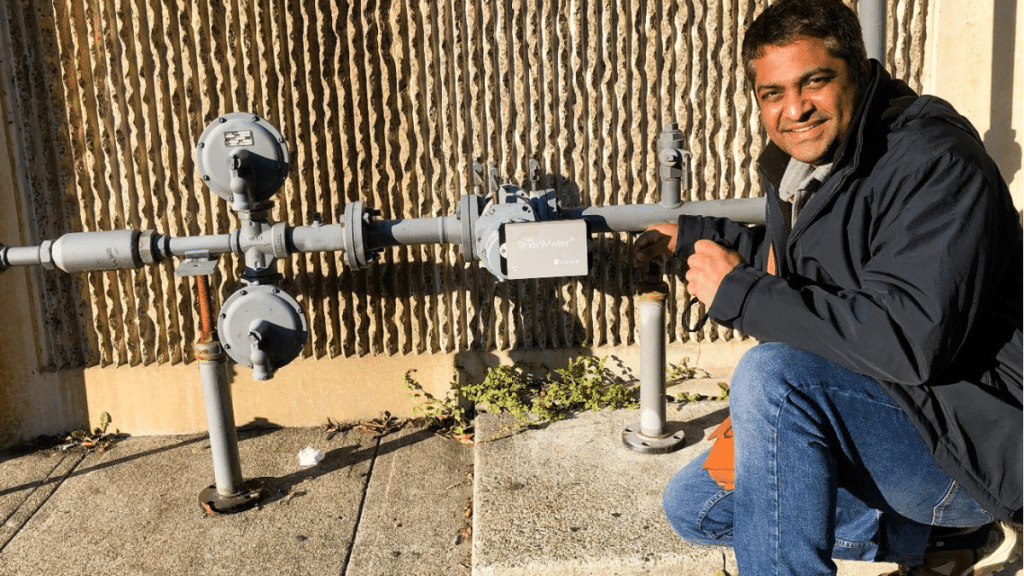The infrastructure management industry plays a vital role in modern society, ensuring that water systems, transportation networks, and urban development operate efficiently and sustainably. With increasing challenges such as aging infrastructure, climate change, and urban expansion, the sector had to embrace technological advancements like artificial intelligence, digital twins, and predictive analytics. Today, infrastructure planning and asset management are no longer about just maintaining systems but optimizing them for long-term resilience, cost efficiency, and environmental sustainability.
One of the professionals at the forefront of this evolution is Tanay Kulkarni, an Infrastructure Management Consultant who has led over 20 infrastructure management projects across Texas. Before moving to the US, Tanay co-founded DTK Hydronet Solutions, a startup specializing in water infrastructure engineering and planning, where he has delivered more than 50 geo-enabled infrastructure projects spanning over 25,000 miles of network infrastructure across India. “Infrastructure bridges the gap between nature and humans; it isn’t merely about building roads and laying pipelines; it’s about making smarter, data-driven decisions that enhance infrastructure sustainability and efficiency,” he explains. His contributions have earned him the global “Year in Infrastructure” award twice, recognizing his innovative contributions to water network engineering. Furthermore, he has published extensively on the role of artificial intelligence in advancing water infrastructure systems and their management; he is presently co-authoring the American Water Works Association’s M32 – Computer Modeling of Water Distribution Systems, Fifth Edition.
One of Tanay’s key focuses has been applying AI and data analytics to enhance decision-making in water distribution. His research on geospatial AI models has helped optimize inspection schedules by predicting high-risk areas, ultimately improving maintenance efficiency. He notes, “The future of infrastructure management lies in predictive maintenance and digital twins, allowing us to foresee potential issues before they become critical failures.” His work on cyber-physical convergence has also addressed the growing need for cybersecurity in smart water grids, ensuring that real-time monitoring and control systems are protected from digital threats.
Tanay’s research and projects have also tackled infrastructure management’s social and environmental aspects. His work on equitable water distribution in India has emphasized a hybrid blend of centralized and decentralized supply models to address urbanization challenges. “A responsive and responsible approach ensures that water distribution is equitable and accessible,” he explains. His findings highlight the importance of hybrid water supply solutions, particularly in regions facing rapid urban expansion.
By developing a machine learning model for pipeline failure prediction at Carnegie Mellon University, he improved asset failure prediction accuracy to 91%, allowing municipalities to plan maintenance more effectively. In terms of research, his publications, including studies on district-metered areas and data-driven emergency response planning, have provided actionable insights for water engineers worldwide.
Despite these successes, Tanay has faced significant challenges, particularly in navigating the complexities of scaling a startup, developing risk assessment models, and managing stakeholders in large-scale infrastructure projects. He overcame these hurdles by combining technical expertise with a strategic vision, ensuring that data-driven insights translate into real-world solutions. “The biggest challenge isn’t technology—it’s implementation. Ensuring that cities and industries adopt these advanced methodologies is where the real impact lies,” he says.
Looking to the future, Tanay believes that infrastructure management will continue evolving through AI-driven solutions and real-time monitoring. “We’re moving towards infrastructure that can diagnose its own issues and respond automatically. Smart water grids, automated crisis prediction, and climate-adaptive infrastructure will define the next generation of asset management.” He stresses the importance of integrating IoT and cybersecurity into infrastructure planning, ensuring that as systems become more interconnected, they remain secure and resilient.
As the industry shifts towards smarter, more adaptive infrastructure models, professionals like Tanay Kulkarni are playing a crucial role in shaping this transformation. His work bridges the gap between traditional asset management and next-generation technologies, demonstrating how innovation can drive sustainability, efficiency, and resilience in infrastructure planning. Whether through research, technological integration, or strategic consulting, Tanay’s contributions underscore the importance of data-driven decision-making in building the infrastructure of the future.
